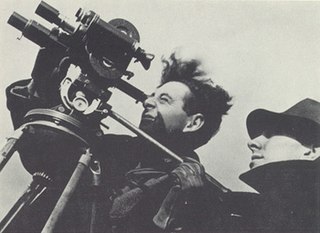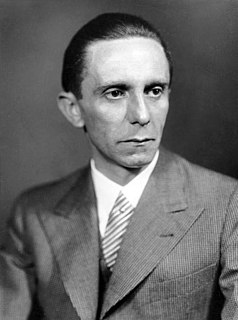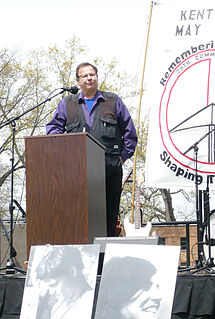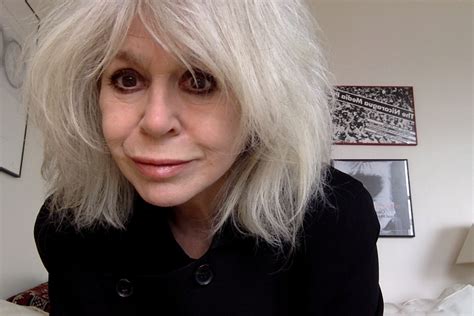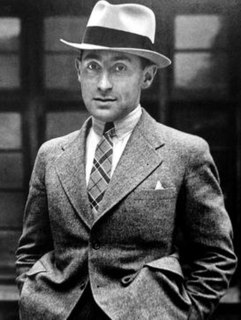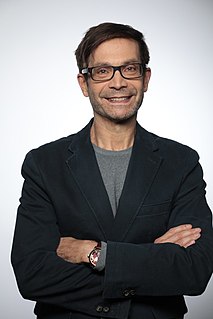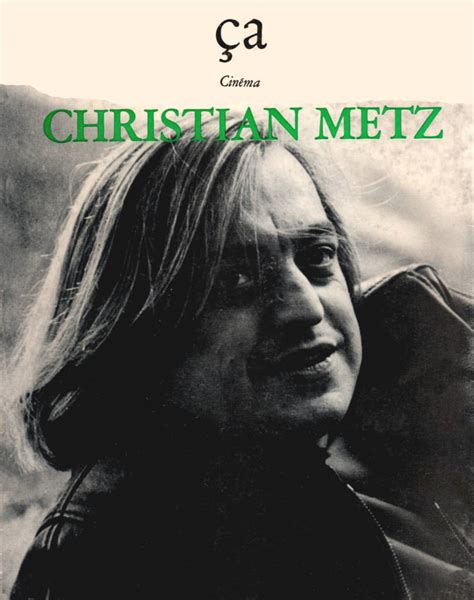A Quote by Ralph Steiner
There are only two hard things in photography; which way to point the camera and when to release the shutter.
Quote Topics
Related Quotes
Photography today is accomplishing a lofty mission in which every German should collaborate by buying a camera. The German people is ahead of every other in the technical domain and, thanks to its exceptional qualities, the small camera has conquered the whole world... Much is at stake here from the point of view of popular consumer goods and, furthermore, photography has a particularly important political role to play. (Addressing the Berlin Photography Fair, 1933)
With photography, everything is in the eye and these days I feel young photographers are missing the point a bit. People always ask about cameras but it doesn't matter what camera you have. You can have the most modern camera in the world but if you don't have an eye, the camera is worthless. Young people know more about modern cameras and lighting than I do. When I started out in photography I didn't own an exposure meter - I couldn't , they didn't exist! I had to guess.
It was only after a while, after photographing mines and clear-cutting of forests in Maine, that I realized I was looking at the components of photography itself. Photography uses paper made from trees, water, metals, and chemistry. In a way, I was looking at all these things that feed into photography.
I don’t use an exposure meter. My personal advice is: Spend the money you would put into such an instrument for film. Buy yards of film, miles of it. Buy all the film you can get your hands on. And then experiment with it.That is the only way to be successful in photography. Test, try, experiment, feel your way along. It is the experience, not technique, which counts in camera work first of all. If you get the feel of photography, you can take fifteen pictures while one of your opponents is trying out his exposure meter.
The only thing which completely was an amazement to me and brought me to photography was the work of Munkacsi. When I saw the photograph of Munkacsi of the black kids running in a wave, I couldn't believe such a thing could be caught with the camera. I said, 'Damn it', I took my camera and went out into the street.
There are a few versions of the Alexander movie on video, only two that matter. One is from 2007, and then the one from 2014. It's called "the Ultimate Cut." That is the best version in my opinion. I was unsatisfied with the original theatrical release. It was rushed. It was my fault. I accepted it. I always felt it should have been done the way Tarantino did Kill Bill. I thought, we should release this in two parts with an intermission. But at that time, in 2004, it was impossible.
